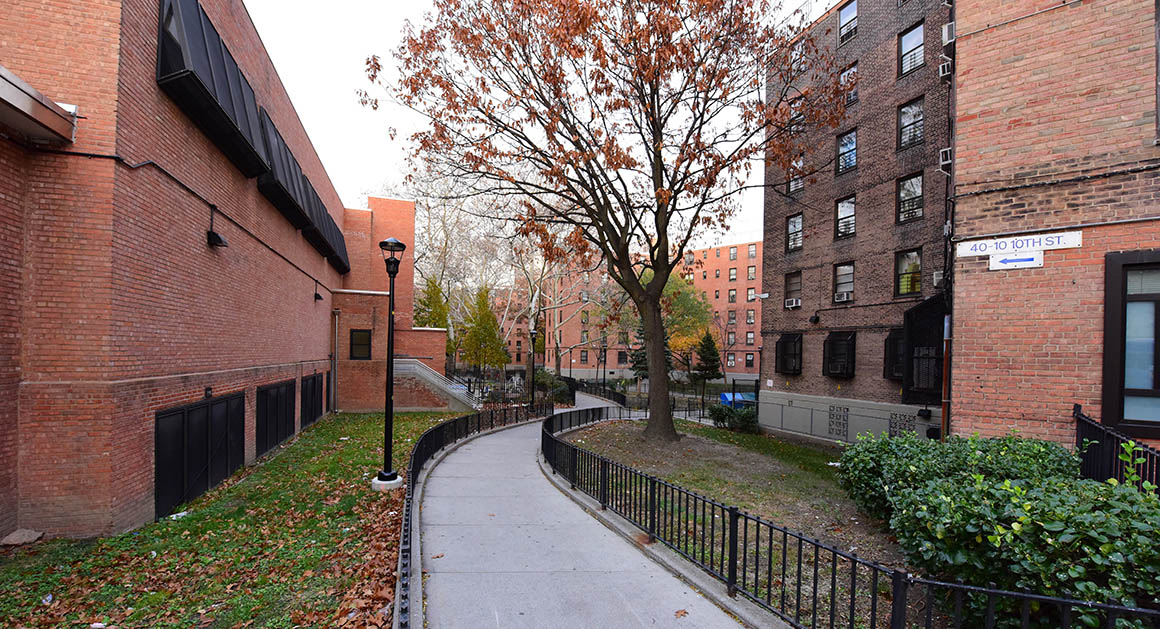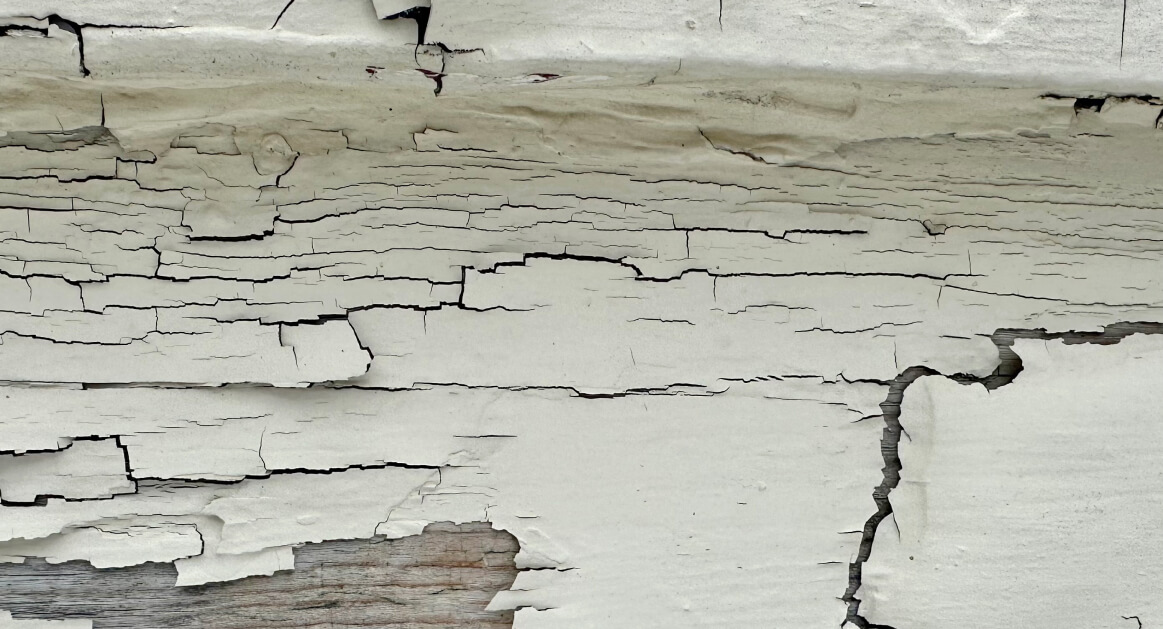A lead paint exposure controversy that’s been roiling the New York City Housing Authority (NYCHA) escalated on April 17 when two judges seemingly admonished the agency for its shortcomings related to environmental issues in NYCHA buildings.
It was reported by the New York Post that Justice Carol Edmead ordered NYCHA to inspect thousands of properties for lead-based paint contamination.
Lead is a potent neurotoxin that is particularly dangerous to children. Exposure to lead can lead to life-long developmental disabilities.
The order from the bench comes shortly after the resignation of Shola Olatoye, NYCHA’s embattled chairwoman. Olatoye resigned after facing accusations that her agency misleadingly claimed to have conducted more than 50,000 lead paint inspections that reportedly never occurred.
At the same time as Justice Edmead’s order was issued, a federal judge scrapped a proposed agreement between NYCHA and several tenants groups that would have set forth terms for the eradication of environmental issues related to mold inside NYCHA buildings.
It was reported that the judge in that case, Judge William Pauley, expressed skepticism that NYCHA would adhere to the agreement, noting that it had failed to do so after reaching a similar agreement in 2015.
City officials criticized for minimizing the scope of the lead contamination problem
Though New York’s issues with lead contamination in public housing stretch back decades and have drawn national media attention, city officials have drawn criticism from some circles for minimizing the scope of the problem.
Mayor Bill de Blasio recently drew notice for saying “thank God there has not been harm done to any child because of the mistakes that have been made.” Though the Mayor may have been misinformed or just misspoke, the extent of the NYCHA problem is subject to some debate as some may argue that though NYCHA has a lead problem in their buildings, private ownership represents the major offenders for lead poisoning across the City and State of New York.
In another recent story responding to Mayor’s comments, however, the New York Daily News pointed out that numerous children have suffered from elevated levels of lead in their blood as the result of contamination in their NYCHA apartments. Some of these children are alleged to have suffered cognitive impairment and have been placed in special education programs.
In one of the most glaring examples, four-year-old Dakota Jones had a blood-lead level of 45 micrograms per deciliter — nearly 10 times higher than the recognized baseline for lead poisoning. A NYCHA lab had claimed no lead was present in the home. A jury ultimately awarded the family $57 million in compensation.
Her case was one of several listed by the newspaper. In many of the cases, NYCHA had claimed the family’s living spaces to be free of lead. In some cases, these lead exposures appear to have occurred after the agency claimed to have found and corrected a previous problem.
Despite the merit of these cases and the extensive media attention focused on the New York City Housing Authority, data proves that buildings owned and maintained by private ownership remain the overwhelming source of lead poisoning of children throughout New York. This was extensively reported in an investigative report by Reuters filed on November 14, 2017. https://www.reuters.com/investigates/special-report/usa-lead-newyork/
The report identified 3,800 lead hotspots nationwide. It also disclosed that areas in Brooklyn, including neighborhoods with old brownstones represented the worst offenders and greatest hazard to children.
These are not primarily NYCHA buildings but rather buildings that in many cases have not complied with the Local Law #1 of 2004 turnover provisions which mandate lead abatement of certain surfaces such as windows and door frames known as friction surfaces, when existing tenants vacate an apartment and before new tenants move into the apartment. The reason this law is so important is because those types of potentially leaded surfaces are surfaces which have an increased propensity to expel lead dust into the apartments and poison children. The increased risk is the function of the movement of two surfaces against each other engendering dust that is then released into the apartment creating an active serious lead based paint hazard.
The City of New York has largely failed to enforce this key provision of the law which was envisioned to allow for the practical eradication of lead paint hazards in the City of New York by 2010. In this the City has sadly failed.
We welcome your legal questions for topically relevant articles in the future. Feel free to compose a question – it may be addressed in future articles. Email Question
Free Case Evaluation
Fill Out The Form Below To Find Out If You Have A Case.
Thank you for contacting us. One of our colleagues will get back to you shortly.



